The lengths we go to at this day in age to enhance the whiteness of our teeth, believe it or not isn’t something new. As far back as 4,000 years ago with the ancient Egyptians, it’s been discovered that they created a whitening paste using ground pumice stone mixed in wine vinegar. White teeth were a mark of beauty and a sign of wealth in their day.
In the present day, it’s no surprise that we still care so much about our teeth, and let's face it, we all have an obsession with having white teeth! There's nothing wrong with that, your smile is one of the first things people notice about you and is what attracts a lot of people together!
When we go to extra lengths to have shiny, white teeth there’s very few things that are more frustrating than spending a small fortune on the dental procedure, for to get a few months down the line and see them to start to become dull or discoloured!
What causes my veneers to stain?
Even though your veneers are a lot less prone to staining, they will stain if you don’t care for them properly. Although, this usually isn’t something that happens instantly. This happens over a period of time with improper care.
The number one culprit of stained veneers is lack of knowledge! Being educated properly on caring for your veneers is essential.
As you already know your veneers are less prone to staining, but improper care leads to damage and the damage accelerates the dulling and staining.
What damages veneers?
Damage to your veneers can be caused by various different things throughout your day.
Let’s start with the most important, and these are the most important because these are the things that cannot be avoided, therefor it is crucial that these things are done properly, or else you’ll potentially be damaging your veneers daily!
First of all you have to use the correct toothbrush, a soft bristle brush is the safest to use and will do the trick, whereas using hard bristle brushes will scratch the surface of your veneers - even excessive pressure when brushing will do this too.
The toothpaste that you use on your veneers also plays a huge part in whether you’re constantly causing damage too. The majority of toothpastes on the market contain harmful and highly abrasive ingredients like baking soda and other things that will take its toll on your veneers, this especially applies to whitening toothpastes which will not work on veneers. Yes that’s right, whitening toothpaste do not work full stop on veneers.
You have to be using the correct toothpaste and toothbrush to keep them white!
Moving on to things that can be avoided, if possible is consuming acidic foods and beverages, such as lemons, tomato-based sauces and sodas, these wear down the anti-staining resin.
Eating hard foods like hard candies, ice and very crunchy foods can chip or roughen the surface of the porcelain, even using your teeth as a tool for hard, non-food objects can crack or roughen the porcelain surface too.
Some of the other things you might want to avoid are alcoholic beverages, these soften the surface of the bonding resin.
One last thing to mention is cigarettes, sticky tar and other compounds in cigarettes cling to the surface of the teeth.
How do I whiten my veneers?
This is a tough subject, as we’ve already mentioned above that whitening toothpastes will not work on veneers. So how do you whiten veneers?
1. Brush after consuming staining foods or drinks.
Brushing after everytime you eat or drink would be the best outcome to maintain the whiteness of your dental work, but this isn’t very practical.
The best time to brush is after drinking coffee or black teas, eating curries, drinking dark wines, drinking heavy liquors like Jägermeister, eating tomato based sauces and fruits rich in colour like berries.
Something that may be a good idea to do if you want to stay on top of the whiteness of your teeth, but may seem like an odd idea, is keeping a toiletries bag or even a little zip lock bag with you, carrying your toothbrush and toothpaste, so that you can have a brush whenever and wherever!
2. Use the correct toothpaste and toothbrush.
This is one of the most important steps because unlike drinking red wine or coffee, brushing our teeth is something we cannot avoid doing, so it’s crucial to use a non-abrasive toothpaste, and one that does not contain harmful ingredients.
Using the correct toothpaste along with a soft bristle toothbrush will prevent you from creating lots of tiny scratches that can attract food particles, especially ones from staining foods and drinks that will harbour in the depths of those little scratches.
3. Give up bad habits
Giving up bad habits it’s hard to do, but when you have a reason to give up those habits it sometimes becomes a little more easier with some purpose behind it.
In this case if you're willing to do what it takes to maintain white, healthy looking teeth, it might be time to kick the bad habits causing your teeth to look dull and stained.
Some of the most common bad habits behind stained or dull teeth, are smoking which causes your veneers to become yellow or light brown and drinking alcohol, as alcohol softens the surface of the bonding material, and as we explained above dark wines, heavy liquors etc. will cause staining over time.
This might just be the excuse you needed to kick these bad habits!
4. Be conscious of what you’re doing
All these steps mentioned above will contribute towards maintaining a white, healthy looking smile, but you need to take action and be proactive about it.
Actively incorporate the care of your teeth into your diet, the same way you would as if avoiding or reducing your intake of sugar for example.
Be conscious of what your about to eat, be conscious about what your putting in your mouth, for example pencils, opening packaging, biting sellotape etc.
5. Start a daily routine
A daily routine might be the best thing you’ve ever done, it has many benefits other than just helping you maintain white teeth.
A daily routine can assist with accomplishing tasks you might have found difficult previously, it gives your day structure and you can plan your day around whatever is most important to you and what you want for your future.
Incorporating a few small tasks throughout your day regarding the cleanliness of your teeth shouldn’t be difficult, even if these are only a few times throughout the day at 3-5 minutes each.
These small tasks can consist of brushing, flossing and rinsing (with non-alcohol mouthwash).



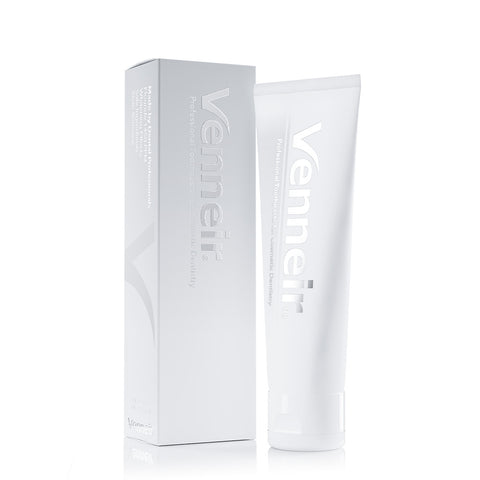
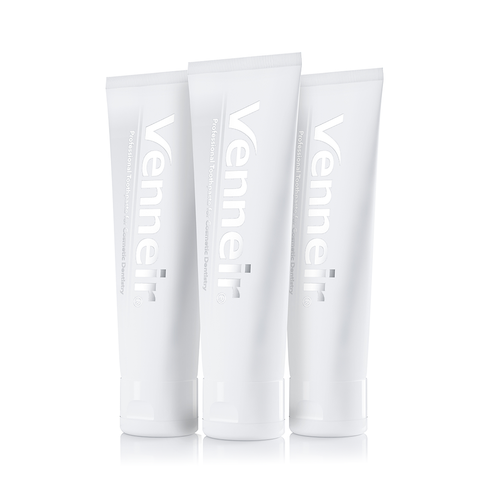
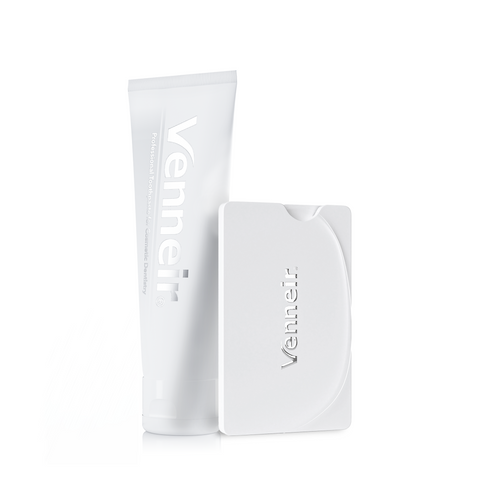
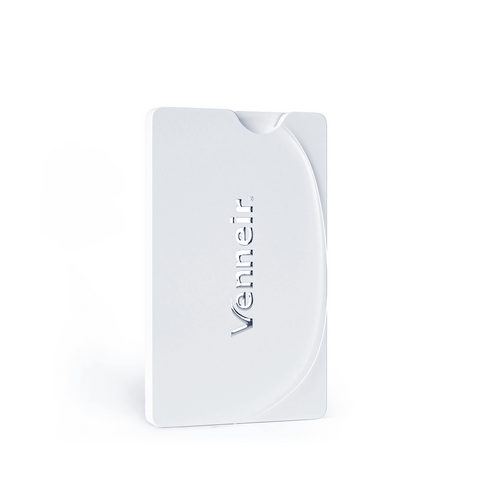
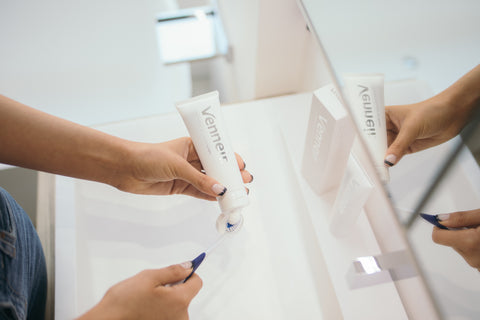

Comments (0)
There are no comments for this article. Be the first one to leave a message!